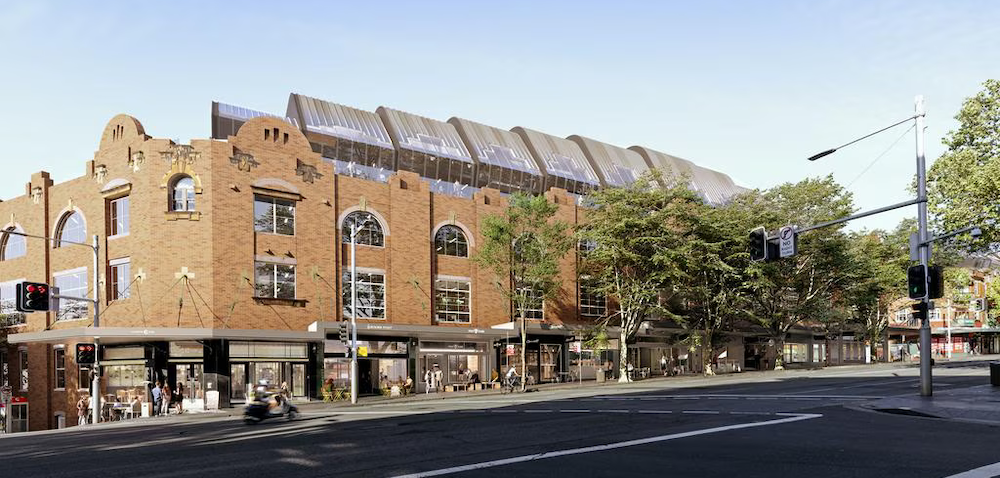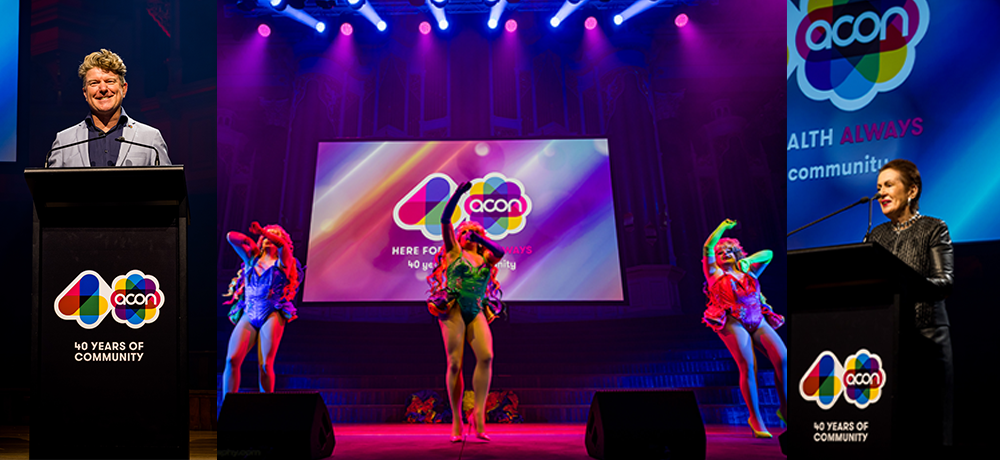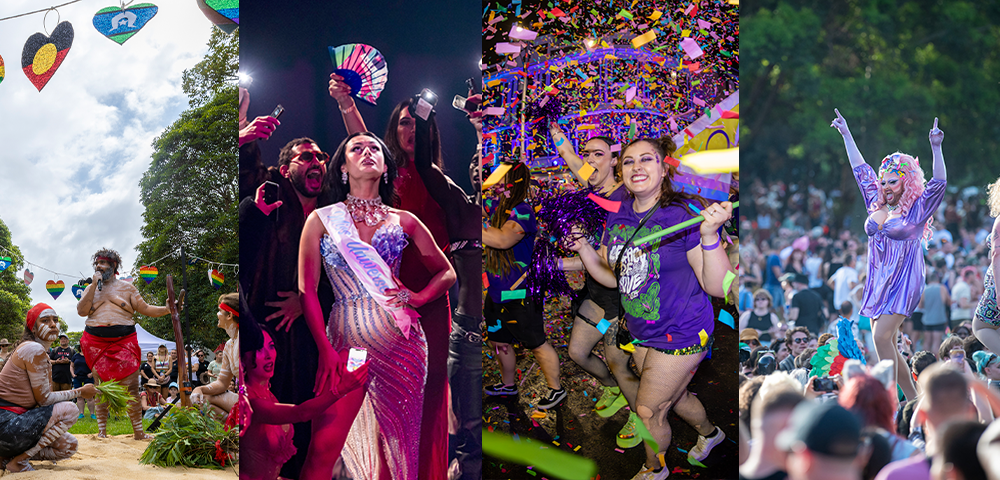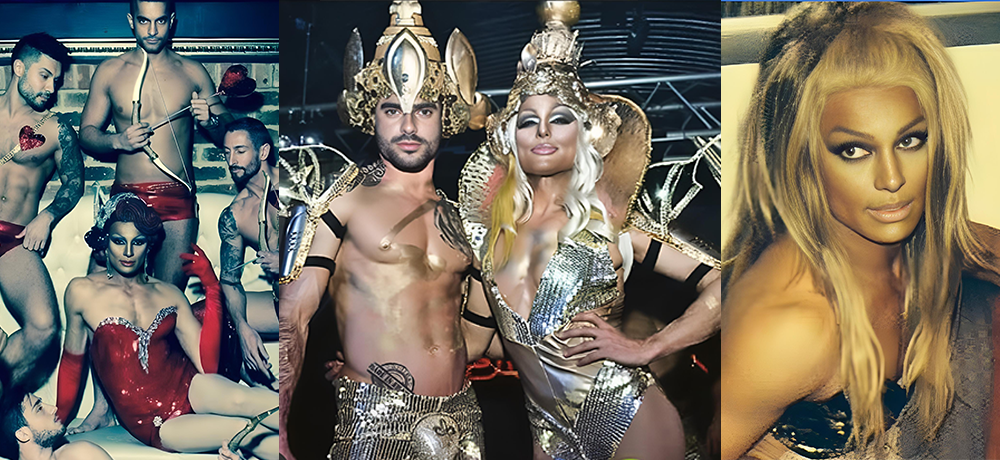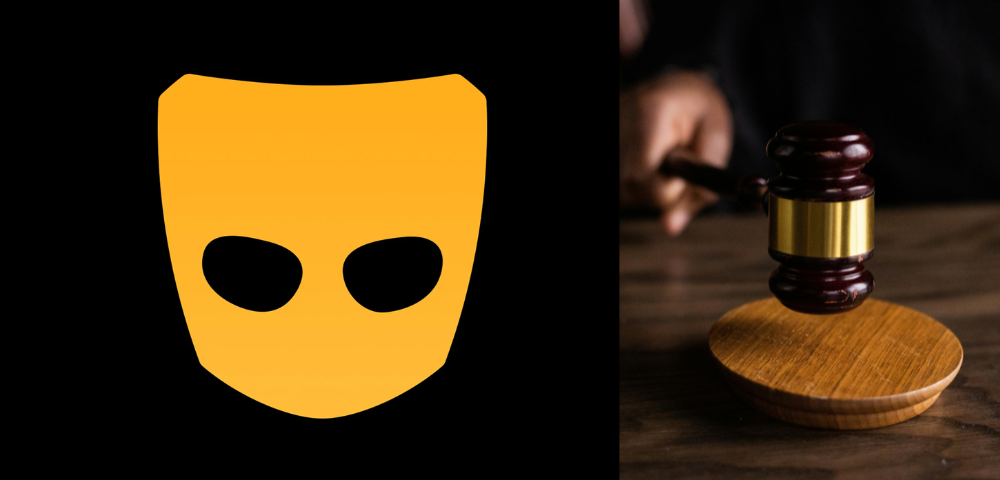
Colour and movement
I’m one of six children and the only daughter. Most of my brothers are DJs, including Pee Wee Ferris. My mum put me into ballet school as a five-year-old because she didn’t want me to have skinny little legs like she did.
I loved it. I danced hours and hours each week and I went right through the different levels over about 11 years with the dream of being in a ballet company. In those days, the late 1960s and early 1970s, if you were a ballet dancer, that’s what you did, you didn’t go to parties and you didn’t do any other forms of dance.
Fortunately I had a couple of really good teachers who loved choreography. At the end of each very structured ballet class they put on some wild music and said just dance and that was the most treasured part of the class for me.
From the age of 13 I entered in choreography competitions at the ballet studio and won. When I left ballet school I auditioned for the Australian Ballet and various companies and didn’t get accepted. It was very disheartening, but it was probably a fantastic thing because it made me go out and create my own work.
It was the 1970s and I ended up throwing together dance performances in Sydney. My dancers and I went up and down Oxford Street and performed and hung out with great people like the drag queens.
A few years later my dad got work in America so I went to San Francisco to hang out and then went on to New York. It was my 21st birthday and I stayed with a friend of my father’s who was married to a Broadway showgirl.
She introduced me to all these great people. One of them said, Do you want to come and work on a cruise ship in Miami? and the next thing I knew I was in Jamaica. I worked on the cruise ship on and off for two years and all the costumes were really big feathery things, real showy sort of stuff.
I had so much energy but I was also always thinking that I hadn’t made it yet, that I had to be in a ballet company or a principal dancer somewhere. I came back to Sydney for a while and did corporate work and also choreographed shows for Japan.
In the early 1990s I started to work a lot with the gay and lesbian community again. Jude Bowler, who was in charge of entertainment for Pride, called me and said she wanted to have an all-women show.
I remember my very first rehearsal -“ this was prior to me being a real lesbian, I was just an honorary lesbian at the time. These girls came to my studio and I was terrified. I had worked with drag queens but a whole bunch of dykes was really terrifying. But they were really easy and I felt really comfortable working with them.
I ended up choreographing the marching girls entry in the Mardi Gras parade for about seven or eight years. At the beginning of the week there’d be this terrified group of lesbians saying, What are we doing? At the end of the week they were best friends, they all thought they were dancers, they all thought they were hot.
I was also director of choreography for opening and closing ceremonies of the Sydney Gay Games in 2002 and I directed more than 3,000 people. It was amazing but a huge effort.
Working with the gay community so much made me realise that same-sex relationships were totally natural and made me realise they were available to me too.
My first marriage had ended and I was in another relationship with a man. I thought I was committed for life and felt very secure in my heterosexual relationship. I eventually separated from my partner and I felt like the next relationship for me was with a woman. I have been in a relationship with Kath for 11 years.
This year I’m working on a performance for the launch of International Day of People with a Disability on 27 November. We’ve got about 25 kids from the ages of 10 to 17, and an Auslan signing choir. We’ve got kids from a vision and hearing-impaired school and from mainstream schools.
The rehearsal process is just as important as the performance. The kids I worked with on a similar project two years ago still talk about what we did. It really opened their eyes as to what living with a disability is like.
I have several arthritic conditions from years of performing so I don’t dance much now. You never lose it inside, it’s just the body that gives out. When I’m choreographing and teaching I feel that’s when I’m performing and I’m giving that to other people. As long as I can do that, that’s the main thing.
info
International Day of People with a Disability is on 3 December.
Interview by Ian Gould




